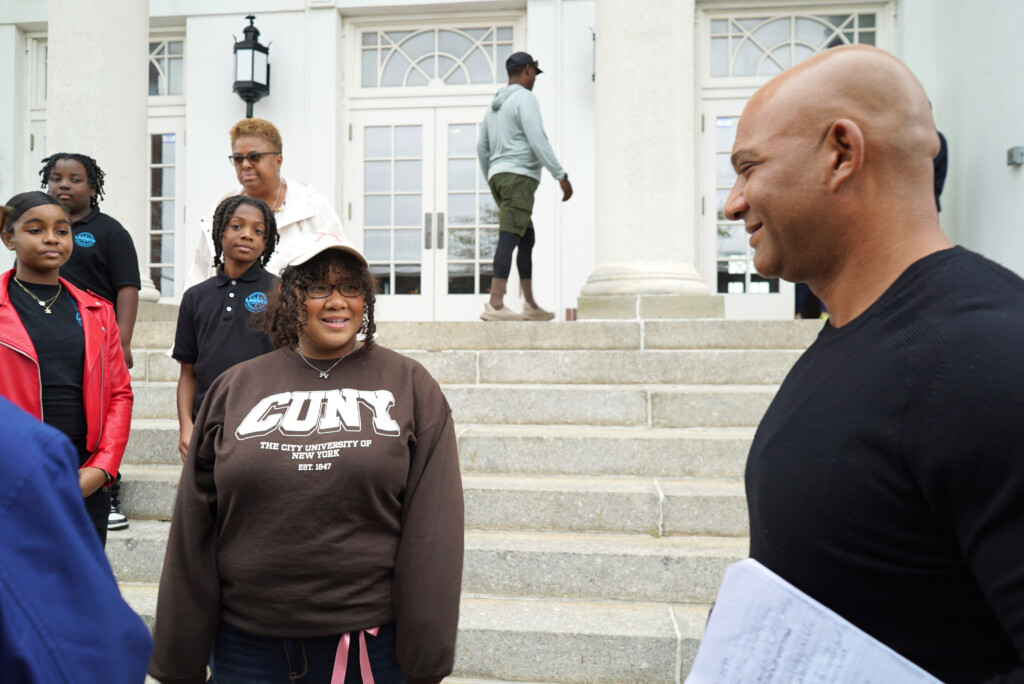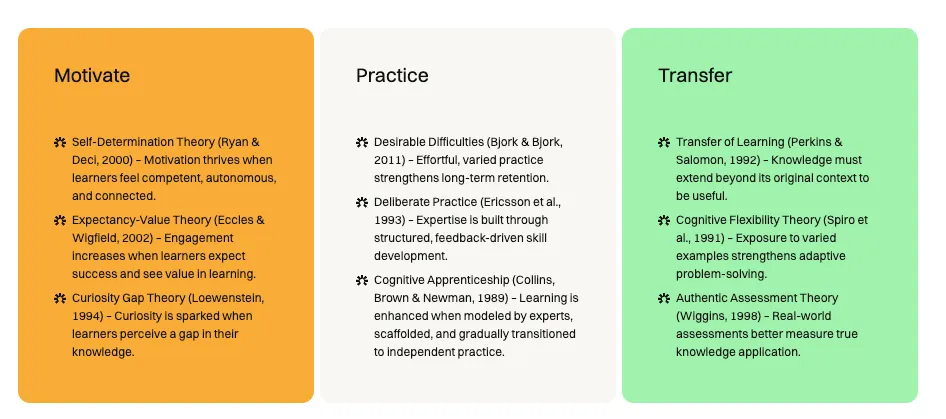Special Education Myth Busting — from gettingsmart.com by Karla Phillips-Krivicka
Key Points
- At least 85% of students with disabilities can learn and achieve on grade level.
- 14% of all U.S. students have a disability.
No belief is more damaging in education than the misperception that children with disabilities cannot really succeed and shouldn’t be challenged to reach the same high standards as all children.
Arne Duncan, former U.S. Secretary of Education
From DSC:
One of our kids — actually, who is no longer a kid anymore — was born with Mosaic Down Syndrome. Looking back on her K-12 years, first through fifth grade went very well — which my wife and I were very grateful for. (We didn’t know what each year would bring and whether she would be able to move on to the next grade.)
But sixth and seventh grades were very rough. At the end of seventh grade, we decided to homeschool our daughter. The system she was in — like so many school systems across the nation — was meant to address the 80% of students who are neither gifted nor have special needs. The quickly-moving trains leave at such and such a time and then stop at such and such a time. One better keep up. This traditional system is a one-size-fits-all approach, and it’s something we do for administrative purposes — it’s not for the benefit of the kids within K-12 schools.

After a few years of both homeschooling and Christian education, it turned out that our daughter was able to learn almost all of the subjects in high school. But she needed to learn ON HER TIMELINE…AT HER OWN PACE of learning.
We’re proud of her. She has had a couple of jobs already and is doing quite well overall. Her motivation has been very low at times, which made homeschooling very tough. But, overall, I would agree with Karla Phillips-Krivicka’s key point that at least 85% of students with disabilities can learn and achieve at grade level. That’s been true for our daughter who has some special needs.














